5 Commonly Missed Signs of Pelvic Floor Dysfunction
As featured on
Mama's Intro...
“Don’t make me laugh! I am going to pee!”
How many times have you heard other moms joke about this or brush it off as a normal part of motherhood… a right of passage? Because, girl, I sure have!
Peeing a little when you laugh, sneeze, and exercise is so common that it’s been normalized.
And this type of dysfunction can lead to so many more issues later in life that might eventually need surgery to correct. But let’s face it - our bodies have been through enough with childbirth and running after the little rascals, that getting surgery later in life is literally the last thing we need.
So let’s deal with this now with correct and helpful information from Jessica Dalliday of Pilates on Demand (who has so many qualifications, it’s actually too many to list here - you can read more about her in the sidebar).
So here she is with all the things you need to know about Pelvic Floor Dysfunction, including 5 commonly missed signs and actual ways you can work to correct it today.
The Good Stuff...
Incontinence (bowel or bladder) when you sneeze, cough, laugh, exercise or lift something heavy.
This is called stress incontinence and it happens when the load is too high for your pelvic floor to handle, or if you don’t properly engage the muscles.
This might be the most commonly 'joked about' of all the missed signs. The good news is that pelvic floor muscle training can help many women overcome this problem.
Incontinence when you feel like you have to go really bad and just can’t hold it any longer.
This is called urge incontinence and it happens when your pelvic floor cannot contain the pressure from your bladder or rectum when you have the sensation or urge to pee or poop.
Some people might refer to this as an unstable or overactive bladder, but this is slightly different - people with an overactive bladder feel an urgent need to pee but don't necessarily leak, which is common for women with urge incontinence.
Leaking with activity.
This is called leakage and happens when the pelvic floor cannot contain the contents of the bladder or rectum with or without the urge to pee or poop.
For some women, this means wearing a pad or panty liner when exercising or even as part of a daily routine. But it doesn't have to be this way!
Incontinence triggered by a certain cue.
This can happen as a result of many different cues including putting the keys in your door, entering the bathroom or even undoing the zipper of your pants.
This is a form of psychological urge incontinence that happens when the pelvic floor cannot stop the flow of urine or fecal matter after the urge comes on that is triggered by some sort of association cue.
Having pain with sex or inserting a tampon.
This can be due to overly tight pelvic floor muscles, pelvic organ prolapse or other issues that make it difficult or painful to have intercourse or use a tampon.
This type of dysfunction typically requires seeing a pelvic floor physiotherapist to help determine the best course of treatment to help ease the pain.
If you are experiencing one or even all of these problems, don’t worry they are VERY common, in fact about 50% of women have them!! But don’t confuse common with normal, they AREN’T normal and you shouldn’t have to suffer with them.
Why the heck is this happening to me?
There are a couple of reasons why you might be experiencing these symptoms:
- Your pelvic floor muscles are weak or aren’t working synergistically with the rest of your core muscles and therefore cannot function optimally.
- Your pelvic floor muscles are too tight, and are constantly squeezing on sphincters, and don’t relax. Muscles that are always clenching and contracting end up becoming weak over time and thus, can no longer function optimally either.
Your Pelvic floor muscles can become weak or too tight or both for a number of reasons including but not limited to:
- Having a baby (both natural and c-section)
- Poor posture
- Surgery
- Sexual assault
- Stress
- Over or under-exercising
- Incorrect exercise technique
So how do you fix a dysfunctional pelvic floor?
Well, it’s important to see a Pelvic Floor Physiotherapist to assess and assign the correct exercises for you. You don’t want to be doing a ton of “kegels” if you already have a tight pelvic floor, as that will only make your symptoms worse.
However, if you have seen a Pelvic Floor Physiotherapist and have been given the ok to start strengthening your pelvic floor, you can start with The Core Breath.
The Core Breath is a way to include all of the important muscles that work with your pelvic floor to gently strengthen it. Think of it like a kegel, but where you’ll use your breath and your core to help with the engagement.
Here is a video to that explains how to do the exercise and so you can follow along!
Freebie Download!
Once you've mastered The Core Breath, you might be ready to move onto these 5 Pelvic Floor Strengthening Exercises.
Mama's Final thoughts...
Thanks for reading!So I don’t know about you, but I’m ready to meet with my pelvic floor physiotherapist to make sure I am doing the right things to make sure my pelvic floor is in tip top shape.
And lucky for us, Jess is giving us an incredible discount for both her monthly and annual memberships of Pilates On Demand:

About Jess...

Jessica is the Founder and CEO of Pilates on Demand, an online collection of pilates classes designed for real women. She is a Certified Athletic Therapist, Pilates Instructor and mom to a beautiful baby girl. Jessica completed her Bachelors of Science degree from McMaster University before receiving her Master’s degree in Kinesiology and Health Science and Athletic Therapy certificate from York University. She then went on to become a Registered Kinesiologist and Certified Pilates Instructor through STOTT Pilates in Toronto, ON as well as a certified Postnatal Fitness Specialist through Jessie Mundell’s Fitness Academy.
Cool Stuff...
This post is cool, right? Here is the short version quick links to the awesome:


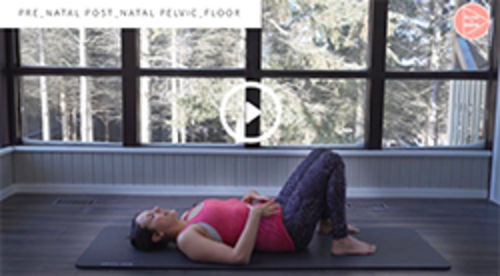
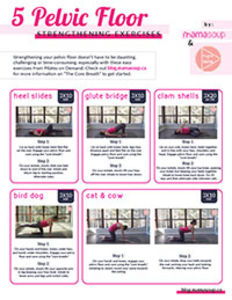

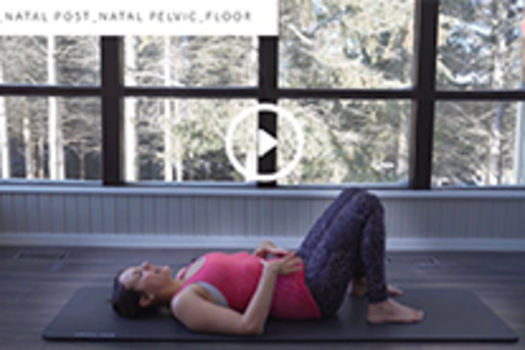

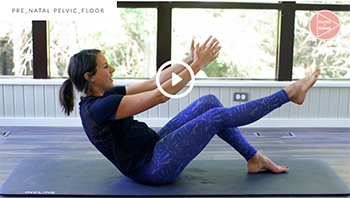
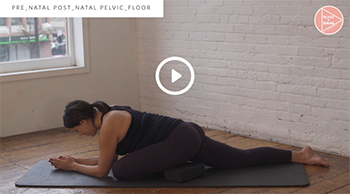
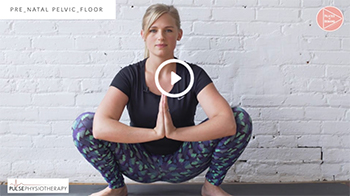
 5 Things First-Time Moms Wished They’d Known Before Giving Birth - Over 100,000 Reads!
5 Things First-Time Moms Wished They’d Known Before Giving Birth - Over 100,000 Reads!
 How to Succeed at Breastfeeding in the First 48 Hours - Over 30,000 Reads!
How to Succeed at Breastfeeding in the First 48 Hours - Over 30,000 Reads!
Comments! What do you have to say?
So what more do you want to know about pelvic floor dysfunction? Let me know in the comments below.